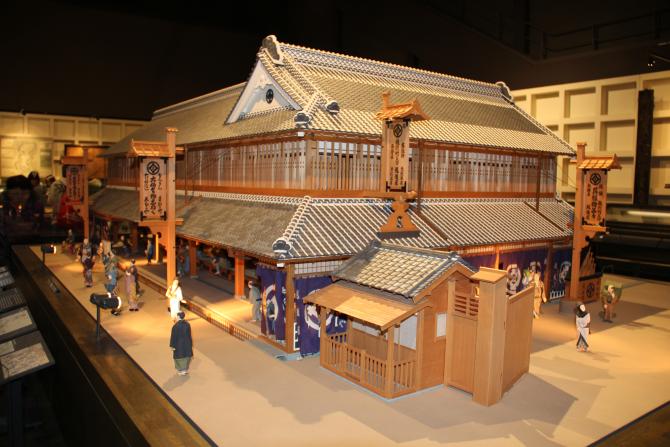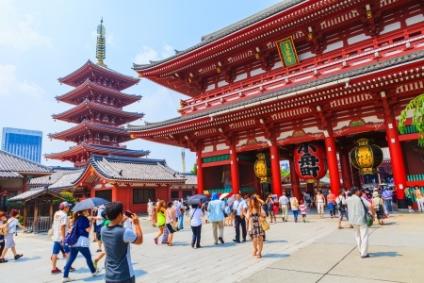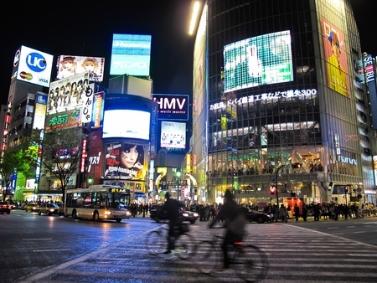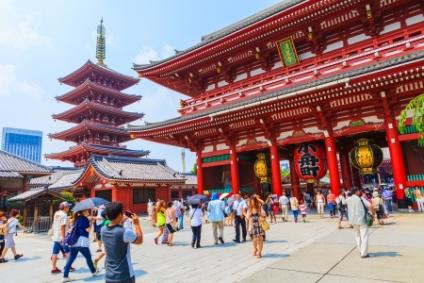This museum was opened in 1993 to preserve the historic heritage of Edo-Tokyo. The museum exhibits focus on Tokyo's Edo period, culture and history; it follows the city's progress through the Meiji and Showa periods up until recent years. Edo was Tokyo's name from 1603 to 1868 when Japan was ruled by Tokugawa Shogunate; during this period many traditions were established and cultural developments were made. The museum building's unique design reaches a height of 62.2 meters, the same height as the Edo Castle tower would have been. The building was designed to resemble a kurazukuri style storehouse and covers 30,000m².
The museum exhibits models of Edo and faithful reproductions of structures which stood in Edo. Visitors enter the museum by crossing a replica of the Nihonbashi Bridge and entering the Edo Zone where there is an introduction to politics during the Edo era. Here you can learn about how the Edo city was built, about the industry and daily life. There are displays focused on the lifestyle and culture during the Edo period including the Kabuki theatre and life in the row houses.
In the Tokyo Zone visitors can see the change from the Edo Era to the Tokyo Era as European and American influence escalated during the Meiji Era. Learn about how the industrial revolution and the Great Kanto Earthquake affected the city. See how the homes, industry and way of life changed following the Edo Era. The effects of WWII on the city are shown and the efforts made to reconstruct Tokyo following the war. There are special exhibit galleries where temporary exhibitions are hosted. The museum has a number of hands-on exhibits, life-size figures, models of historic towns, audio presentations and demonstrations of traditional crafts. The museum has an audio-visual Hall , a library and research facilities as well as the museum exhibit areas.


![[electric bicycle tour]: 6-hour travel course by electric bicycle Asakusa, Ueno Park, Edo-Tokyo Museum, and Sky Tree. (There is a support car.) [electric bicycle tour]: 6-hour travel course by electric bicycle Asakusa, Ueno Park, Edo-Tokyo Museum, and Sky Tree. (There is a support car.)](https://media-cdn.tripadvisor.com/media/attractions-splice-spp-480x320/09/57/60/2d.jpg)









